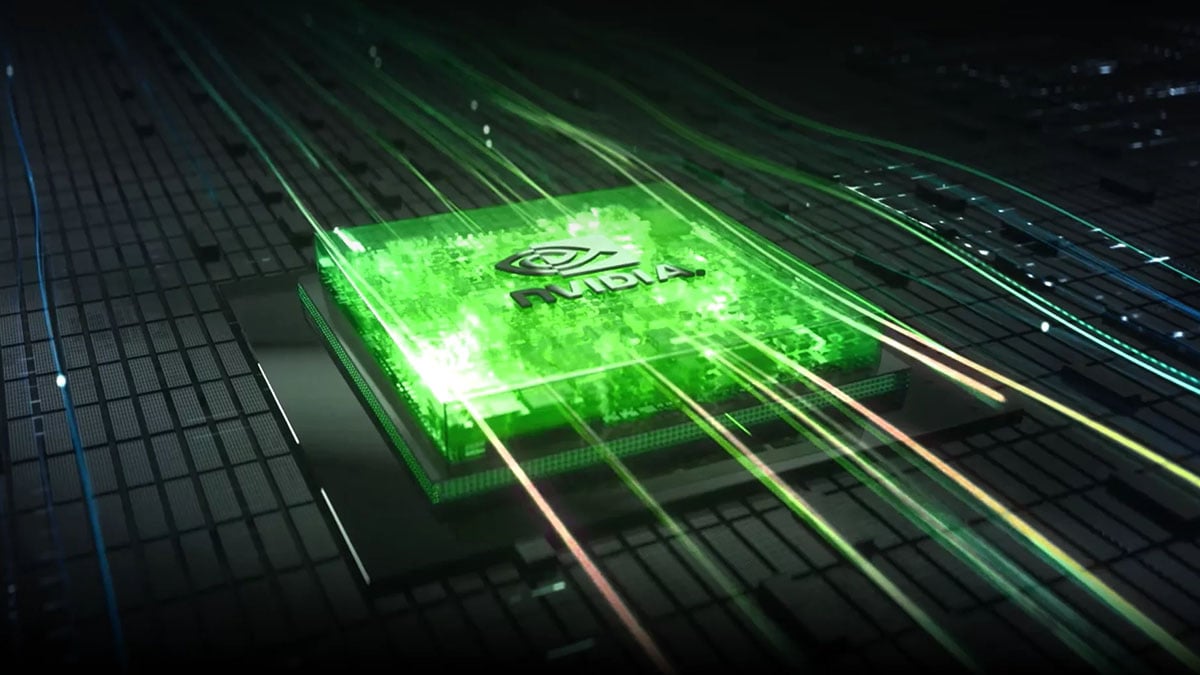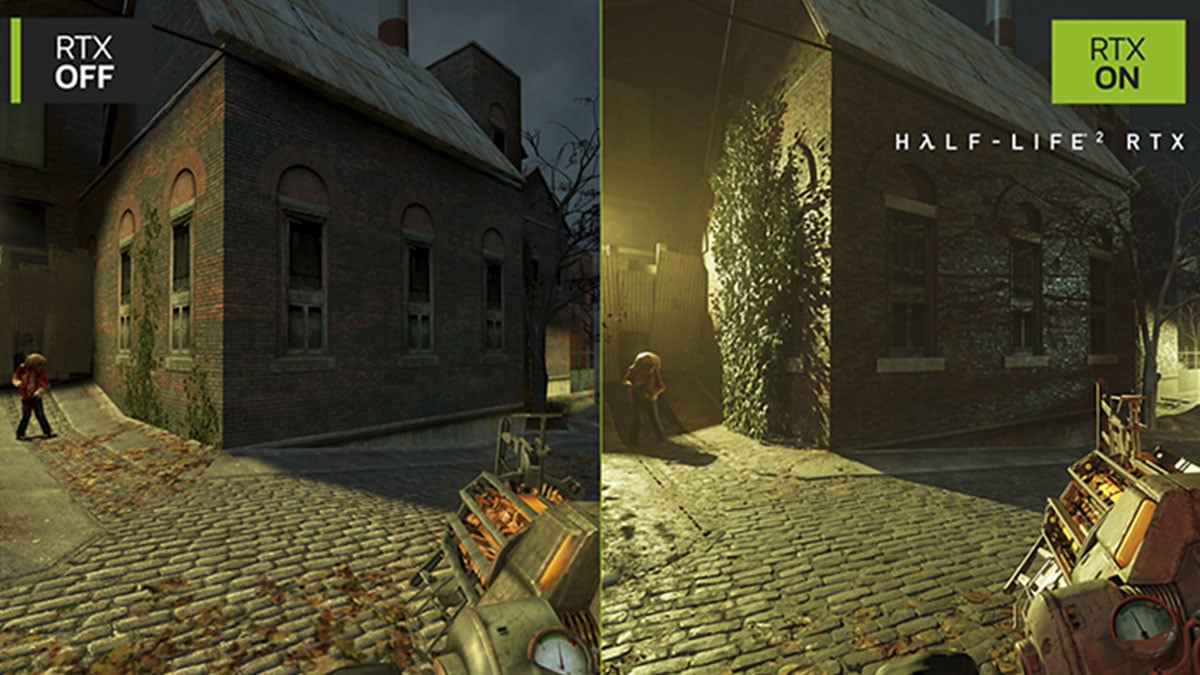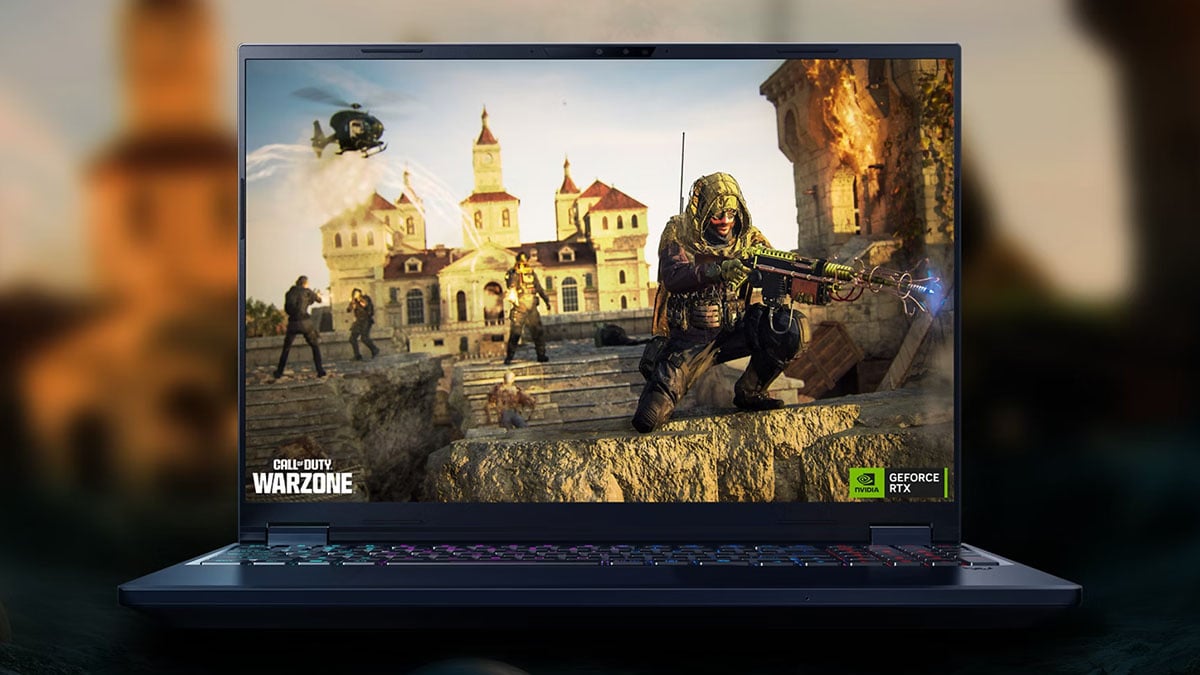Nvidia Ends GTX 700–10 Series Support: Time to Upgrade?
If you're still using a GeForce GTX 700, 900, or 10 series GPU, including models like the GTX 1080 video card or GTX TITAN, Nvidia’s latest announcement could affect you. The company has confirmed that its upcoming Nvidia driver update, called the 580 branch, will be the last to support these older cards. While they will continue to receive basic security and stability fixes for a while, future Nvidia driver updates will only focus on newer hardware. So what does this mean for your games, your system, and whether it's time to upgrade? Here's what you need to know.
Which driver update is affected?
Nvidia has confirmed that the 580 driver branch will be the final update to support GPUs based on the Maxwell, Pascal, and Volta architectures. This includes the GTX 700, GTX 900, and GTX 10 series, covering models like the GTX TITAN, GTX 980, and GTX 1080 video card.
This change does not happen right away. The 580 drivers will still be released and will continue to support these cards. However, the next major driver branch after 580, expected to be version 590, will no longer include support for them. There will be no new Game Ready updates, feature enhancements, or optimizations for upcoming games and applications.
Will my GPU become insecure or unstable?
No, your GPU will not suddenly become unsafe to use. Even after full support ends, Nvidia typically continues to provide legacy support for several years. This includes important security patches and stability updates for critical issues. Based on past patterns, it is likely these cards will receive limited support through at least 2028.
That said, you will no longer get the benefits of newer Nvidia driver updates that are designed for modern games and software. Over time, your system may miss out on performance improvements and compatibility fixes that newer GPUs will continue to receive.
What does this mean for gaming?
1. Newer games may no longer run well, even at the lowest settings
As new titles are developed with more advanced hardware in mind, older GPUs like the GTX 700, GTX 900, and GTX 10 series will begin to fall behind. Many upcoming games are built to take advantage of features such as ray tracing, DLSS 3, and DirectX 12 Ultimate. These features are not supported on legacy cards, and future Nvidia driver updates will no longer include game-specific optimizations for them. This means that even if a new game technically launches, it may struggle to run smoothly or may be limited to unplayable frame rates, even at the lowest possible settings.
2. Your existing game library should still work fine
If you mainly play games released a few years ago, your system will continue to perform well. Popular titles from the past decade were designed with the GTX 1080 video card, GTX TITAN, and similar models in mind. Games like The Witcher 3, Skyrim, and League of Legends are still fully playable on these GPUs. While you may not receive performance boosts or bug fixes through future drivers, these games are already stable and do not depend heavily on ongoing updates. However, some online games may eventually require driver versions that are no longer supported.
3. Everyday tasks will not be affected
For non-gaming tasks, your graphics card is still more than capable. Streaming video, watching content in high resolution, browsing the internet, and working with documents will all continue to function without issues. Hardware acceleration for video playback is still supported in older cards through codecs like H.264 and VP9, which are widely used across streaming platforms. Light creative work, such as basic video editing or photo processing, will also remain possible. Unless your work involves intensive rendering or AI-based tools, there is no urgent need to upgrade just for everyday computing.
Is it time to upgrade? Acer has options
If you’re still using a legacy GPU like the GTX 1080 video card or GTX TITAN, there is no need to panic. Your system will continue to work for now. But if you are starting to notice stuttering in newer games or running into software compatibility issues, this may be a good time to think about upgrading.
Acer has several great options for gamers who want reliable performance and long-term support. The Predator and Nitro series come with powerful NVIDIA GeForce RTX or AMD Radeon graphics, high-refresh displays, and strong thermal design. These machines are built for smooth gaming, fast load times, and consistent performance across both current and upcoming titles.
For those building or upgrading their own PCs, Acer also offers standalone GPUs, including models from Intel Arc and AMD Radeon. These cards come with modern features and ongoing driver support, making them a practical replacement for aging GTX hardware. Whether you are gaming, working with creative tools, or simply want a faster experience, Acer has the hardware to help you move forward with confidence.
Recommended Products
Patrick Yu is a Senior Project Manager at Level Interactive and has 8 years of experience writing business, legal, lifestyle, gaming, and technology articles. He is a significant contributor to Acer Corner and is currently based in Taipei, Taiwan.















